Abstract
The flexible fiberoptic sigmoidoscope has gained widespread acceptance as a diagnostic tool in the detection and diagnosis of colorectal disease. Since its introduction nearly a decade ago, studies have thus far indicated that in the hands of experienced physicians, flexible sigmoidoscopy is a safe procedure affording greater patient comfort, greater depth of insertion, and a higher yield of neoplastic lesions than rigid sigmoidoscopy, with surprisingly few associated risks. Although reported infrequently, infection is an acknowledged risk of flexible sigmoidoscopy and other endoscopic procedures. The most efficient means of preventing endoscopy-associated infection is uncompromising aseptic practice. Clinical and experimental data obtained from studies designed to investigate endoscopic transmission of infectious organisms and from our own and others' experiences are reviewed. Guidelines for achieving high-level disinfection of the flexible fiberoptic sigmoidoscope are included.
Full text
PDF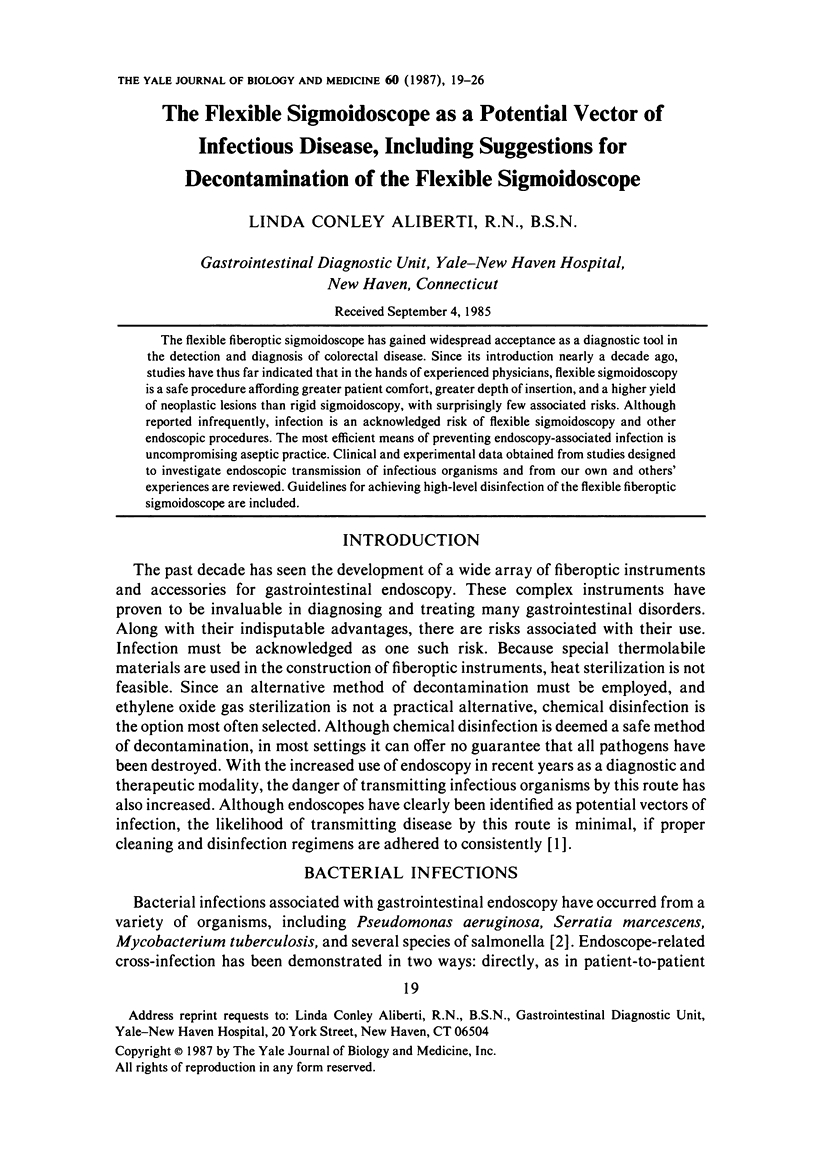
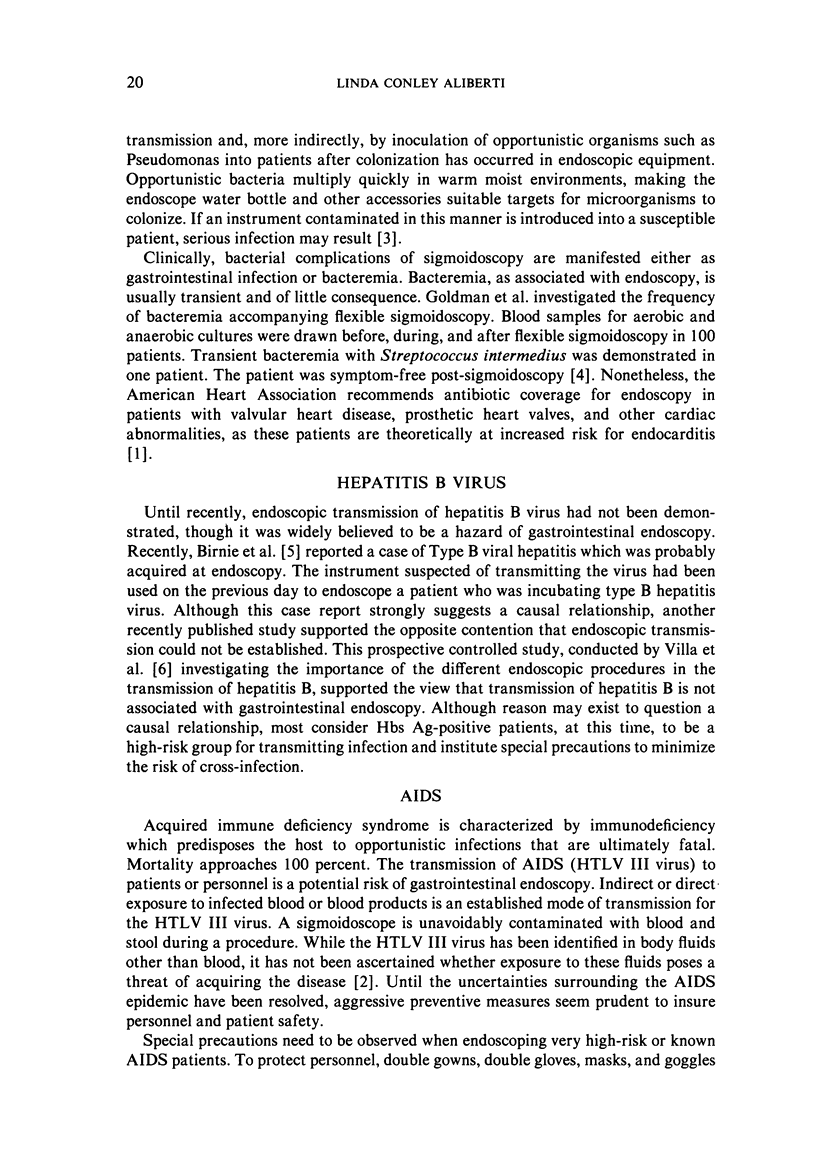
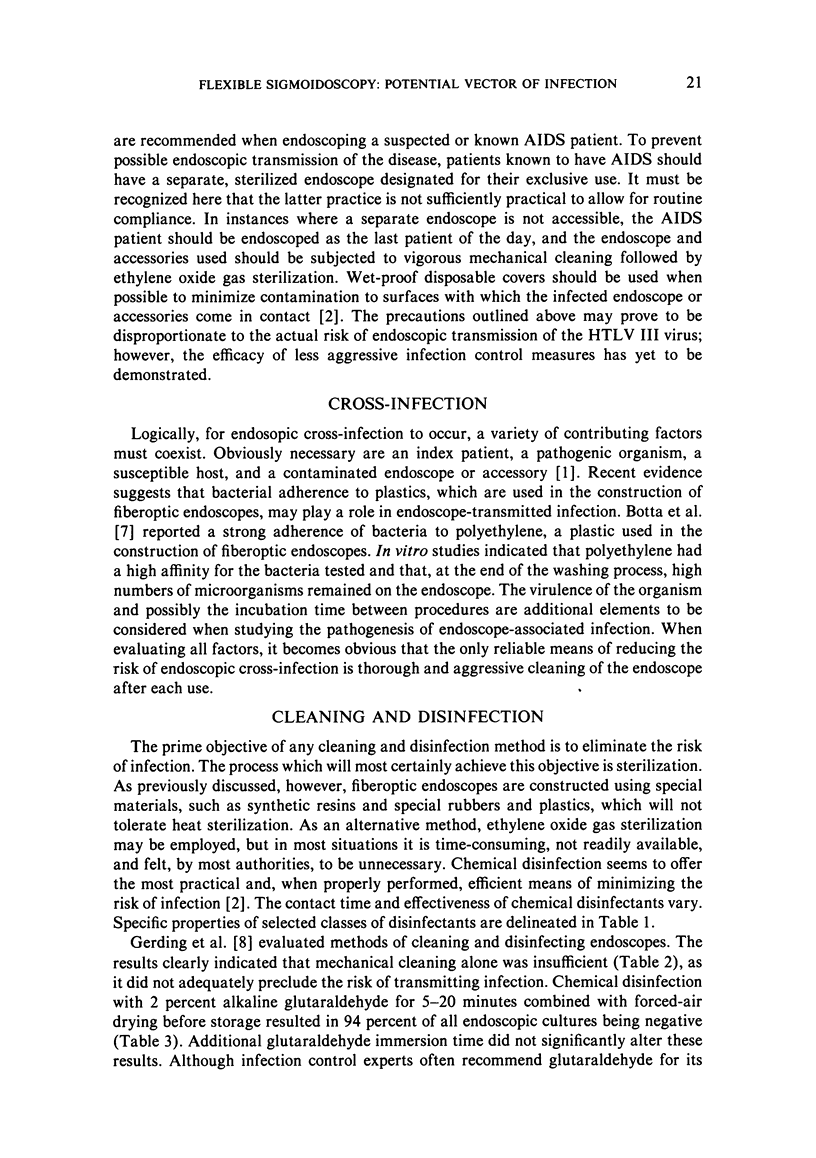
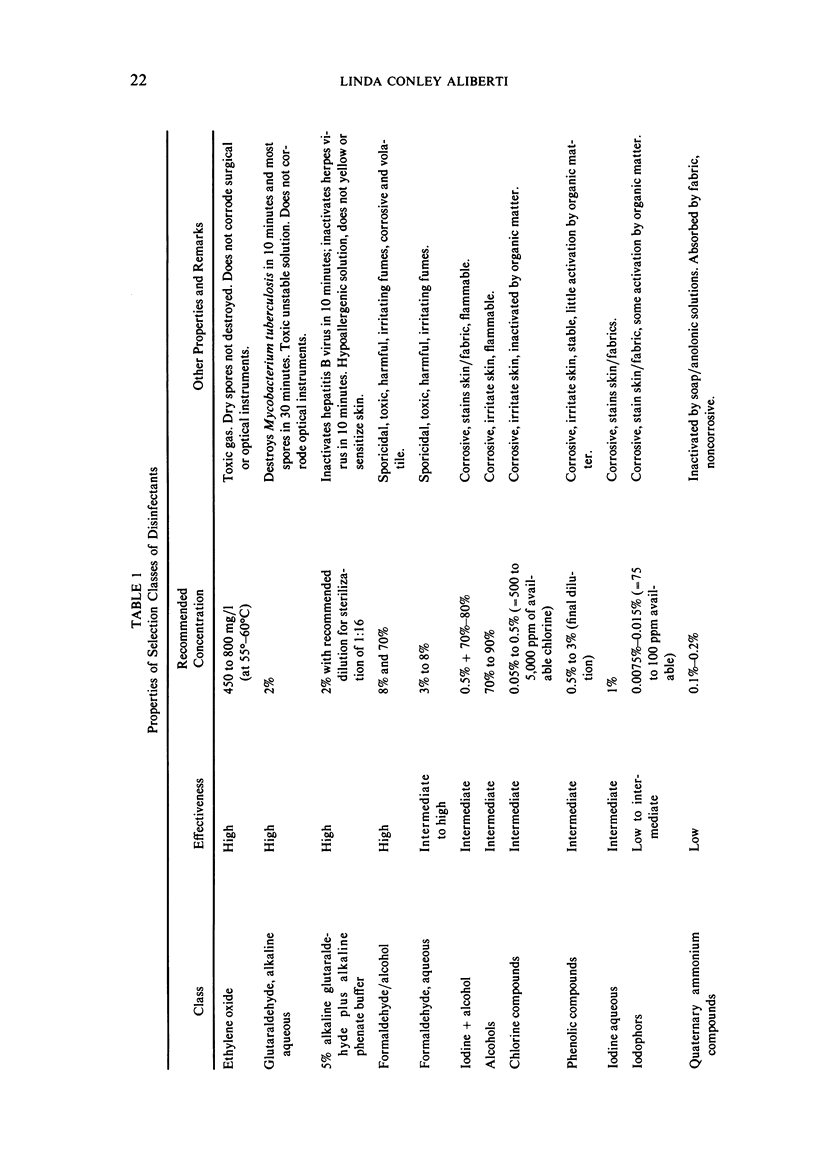
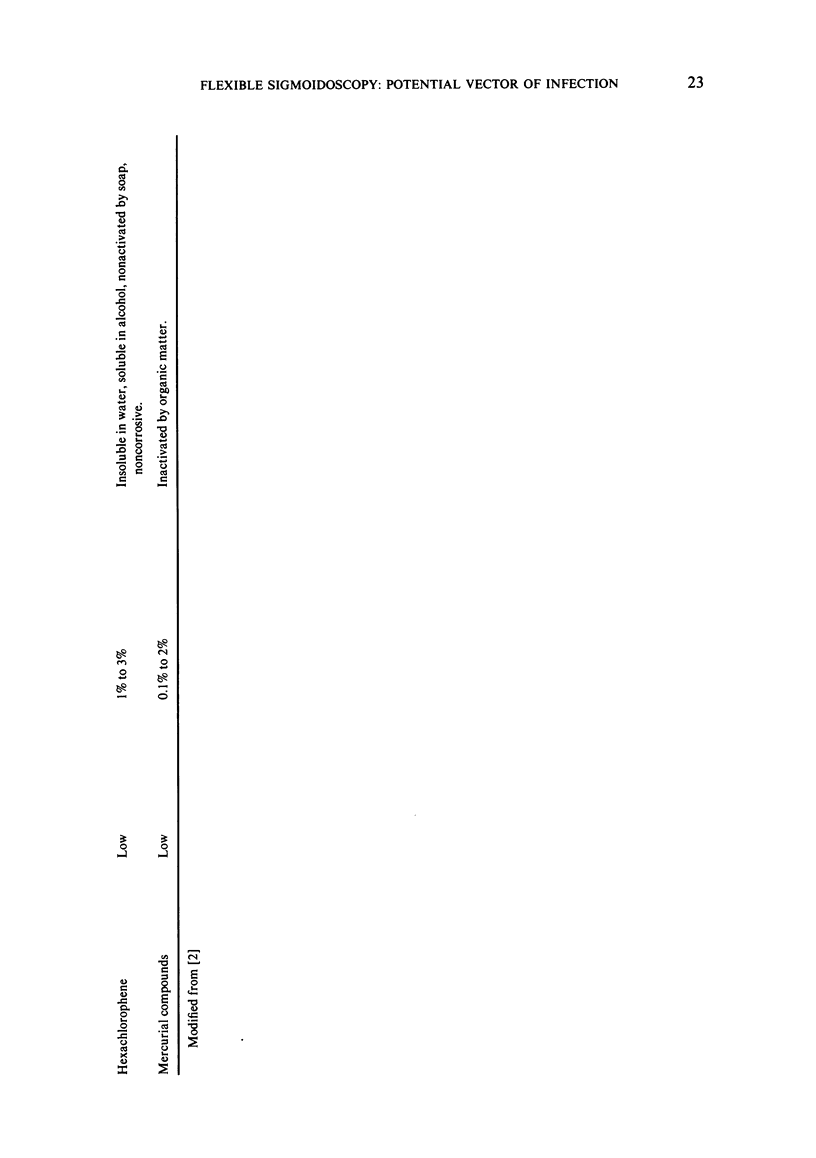
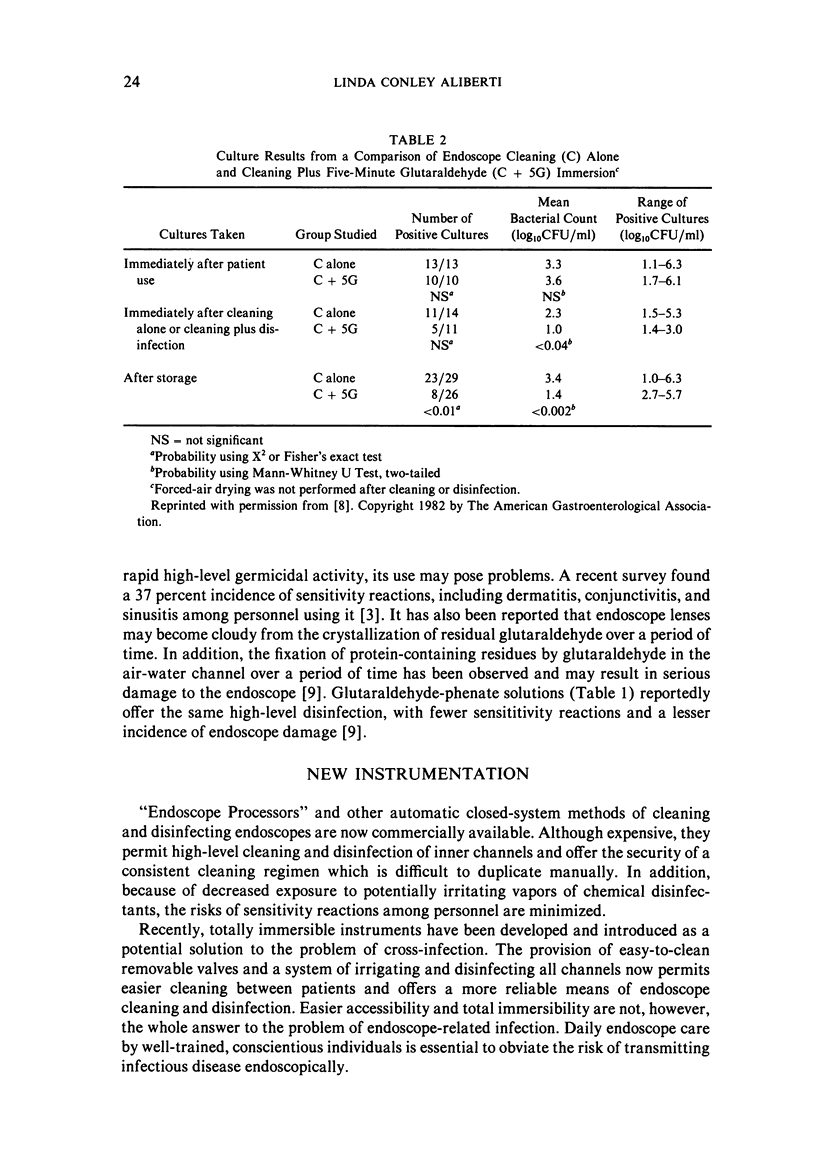
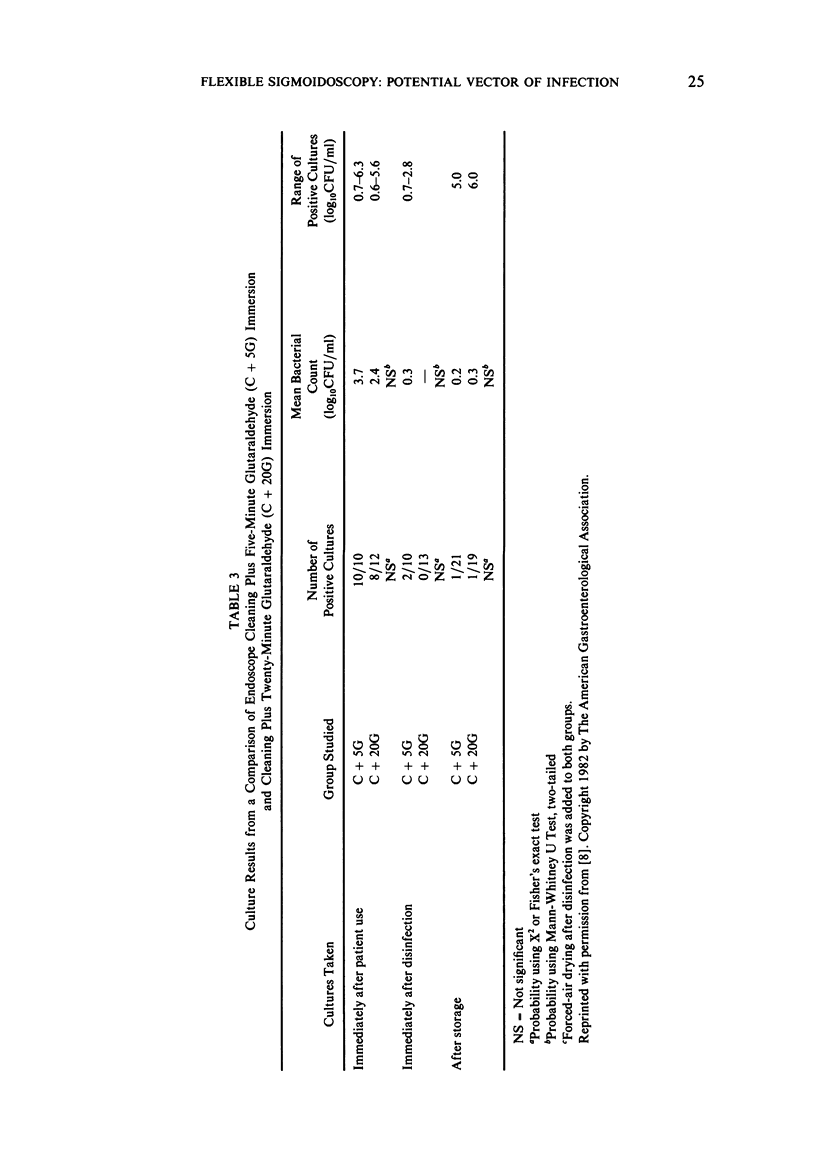
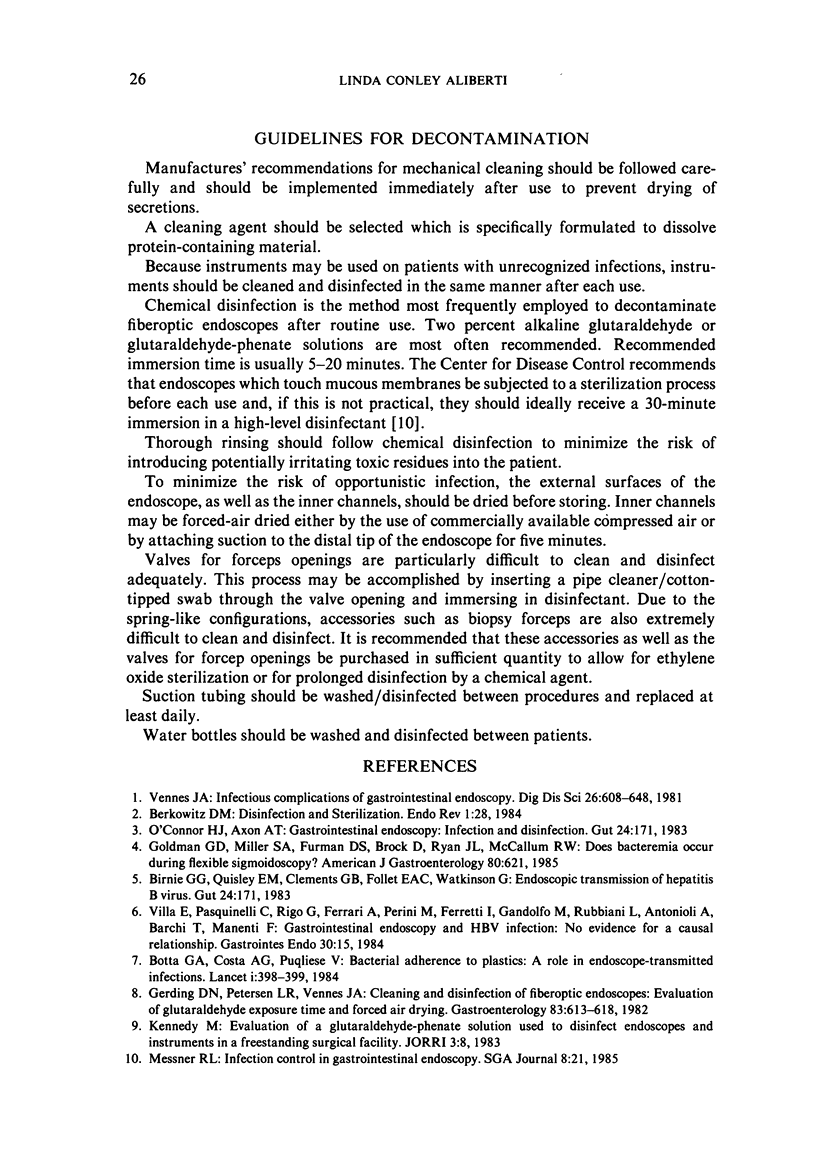
Selected References
These references are in PubMed. This may not be the complete list of references from this article.
- Birnie G. G., Quigley E. M., Clements G. B., Follet E. A., Watkinson G. Endoscopic transmission of hepatitis B virus. Gut. 1983 Feb;24(2):171–174. doi: 10.1136/gut.24.2.171. [DOI] [PMC free article] [PubMed] [Google Scholar]
- Birnie G. G., Quigley E. M., Clements G. B., Follet E. A., Watkinson G. Endoscopic transmission of hepatitis B virus. Gut. 1983 Feb;24(2):171–174. doi: 10.1136/gut.24.2.171. [DOI] [PMC free article] [PubMed] [Google Scholar]
- Botta G. A., Costa A. G., Pugliese V. Bacterial adherence to plastics: a role in endoscope-transmitted infections. Lancet. 1984 Feb 18;1(8373):398–399. doi: 10.1016/s0140-6736(84)90453-7. [DOI] [PubMed] [Google Scholar]
- Gerding D. N., Peterson L. R., Vennes J. A. Cleaning and disinfection of fiberoptic endoscopes: evaluation of glutaraldehyde exposure time and forced-air drying. Gastroenterology. 1982 Sep;83(3):613–618. [PubMed] [Google Scholar]
- Goldman G. D., Miller S. A., Furman D. S., Brock D., Ryan J. L., McCallum R. W. Does bacteremia occur during flexible sigmoidoscopy? Am J Gastroenterol. 1985 Aug;80(8):621–623. [PubMed] [Google Scholar]
- Villa E., Pasquinelli C., Rigo G., Ferrari A., Perini M., Ferretti I., Gandolfo M., Rubbiani L., Antonioli A., Barchi T. Gastrointestinal endoscopy and HBV infection: no evidence for a causal relationship. A prospective controlled study. Gastrointest Endosc. 1984 Feb;30(1):15–17. doi: 10.1016/s0016-5107(84)72286-3. [DOI] [PubMed] [Google Scholar]


